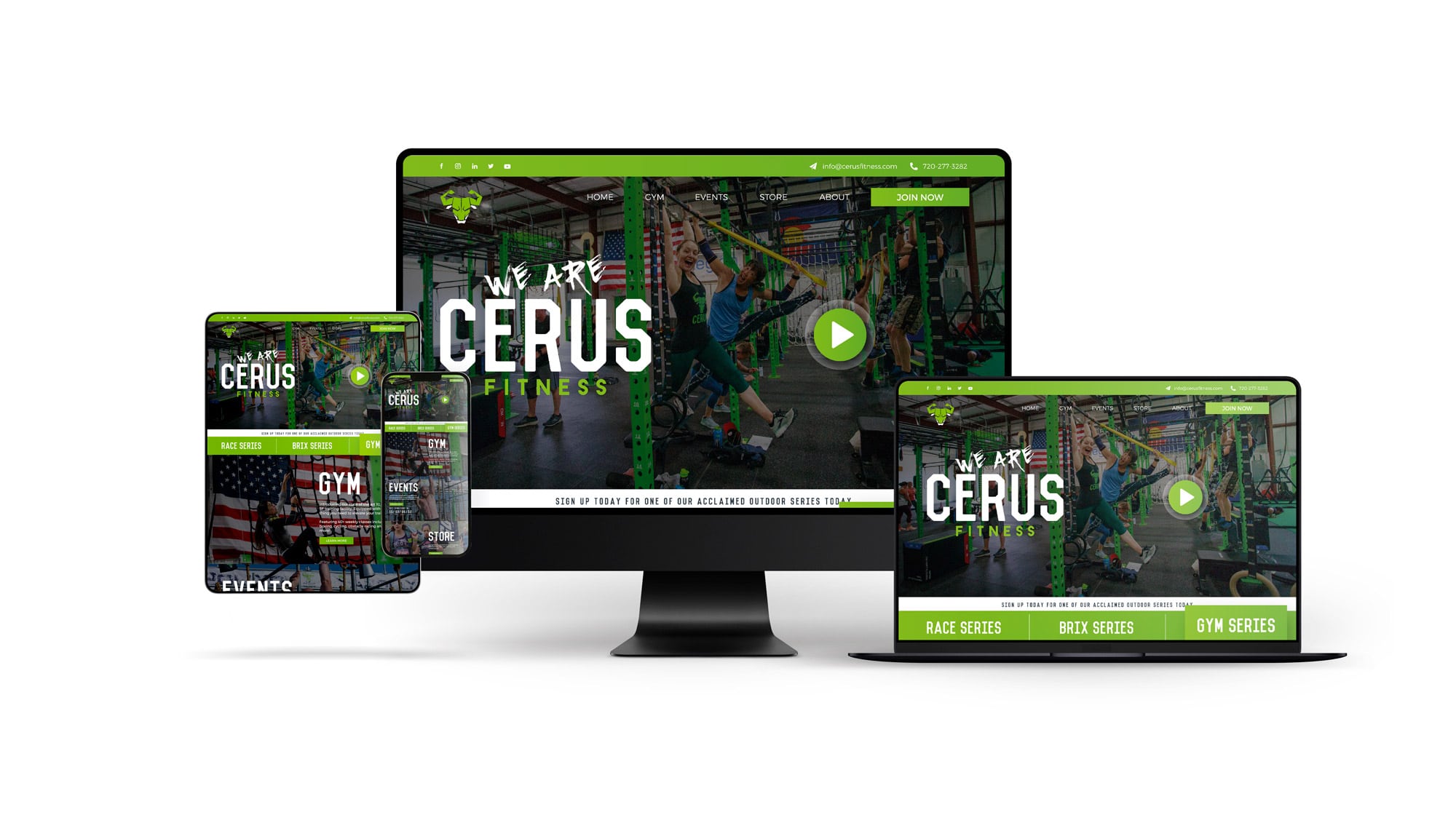Table of Contents
- Section 1: Introduction to the Importance of a New Business Website
- The Digital Frontier
- Why You Need a New Business Website
- Key Features of a New Business Website
- Conclusion
- Section 2: Building Your New Business Website
- Define Your Goals
- Choose the Right Domain Name
- Plan Your Website Structure
- Design Your Website
- Create Compelling Content
- Optimize for SEO
- Test and Launch
- Promote Your Website
- Monitor and Improve
- Conclusion
- Section 3: Growing and Maintaining Your New Business Website
- Content Updates
- Social Media Integration
- Email Marketing
- Online Advertising
- Analytics and Monitoring
- Mobile Optimization
- Security
- Customer Feedback
- Local SEO
- Collaborate and Network
- Conclusion
Section 1: Introduction to the Importance of a New Business Website
In today’s digital age, having a strong online presence is crucial for the success of any business. One of the fundamental aspects of establishing this online presence is creating a new business website. In this article, we will explore the significance of a new business website and how it can benefit your company. We’ll also delve into essential considerations and best practices for building a website that not only looks great but also performs exceptionally well in the online marketplace.
The Digital Frontier
The internet has transformed the way businesses operate. It has become the primary platform where customers discover, engage with, and ultimately choose the products and services they need. As a result, having an effective online presence is no longer optional; it’s a necessity.
Why You Need a New Business Website
- Visibility and Accessibility: A well-designed website ensures that your business is visible to potential customers 24/7. It serves as a digital storefront, allowing people to learn about your offerings at their convenience.
- Credibility: A professionally designed website builds trust and credibility. It reflects your commitment to providing quality products or services.
- Brand Identity: Your website is an opportunity to showcase your brand’s identity. From the color scheme to the logo, it’s a chance to make a memorable impression.
- Marketing Hub: Your website can serve as the central hub for all your digital marketing efforts, including social media, content marketing, and email campaigns.
Key Features of a New Business Website
To maximize the impact of your website, it’s essential to consider the following features:
Responsive Design
A responsive design ensures that your website looks and functions well on various devices, including smartphones, tablets, and desktop computers.
User-Friendly Navigation
Intuitive navigation makes it easy for visitors to find the information they’re looking for. A clear menu and well-structured content are vital.
Compelling Content
Engaging and informative content not only attracts visitors but also keeps them on your site longer. It’s an opportunity to showcase your expertise.
SEO Optimization
Search engine optimization (SEO) techniques help your website rank higher in search engine results, increasing its visibility to potential customers.
Contact Information
Make it easy for visitors to get in touch with you by prominently displaying contact information.
Social Media Integration
Link your website to your social media profiles to expand your online presence and encourage social sharing.
Security
Protecting your website and customer data is crucial. Implement security measures to safeguard against cyber threats.
Conclusion
In conclusion, a new business website is not just an online brochure; it’s a dynamic tool that can significantly impact your business’s success. In the next sections, we will explore website development strategies and delve deeper into the various aspects discussed here. Stay tuned for more insights on creating a powerful online presence for your new business.
Sources
In the next section, we will explore the steps involved in planning and designing your new business website.
Section 2: Building Your New Business Website
Now that we’ve established the importance of having a new business website, let’s delve into the practical steps involved in planning and building your online presence. A well-executed website can become a powerful tool for attracting and retaining customers. Here’s how you can get started:
1. Define Your Goals
Before you begin designing your website, it’s crucial to outline your objectives. What do you want to achieve with your online presence? Are you looking to increase sales, generate leads, or provide valuable information to your audience? Clearly defining your goals will guide your website’s structure and content.
2. Choose the Right Domain Name
Selecting a memorable and relevant domain name is essential. It should reflect your brand and be easy to spell and remember. Ensure that your chosen domain is available and register it promptly.
3. Plan Your Website Structure
Organize your website’s content logically. Create a sitemap that outlines the main pages and their hierarchy. This will help visitors navigate your site efficiently.
4. Design Your Website
The design of your website plays a significant role in user experience. Consider the following design elements:
Aesthetics
Choose a visually appealing design that aligns with your brand. Use a consistent color scheme and typography to create a cohesive look.
Responsiveness
Ensure that your website looks and functions well on all devices. Responsive design is vital for providing a seamless experience.
User-Friendly Navigation
Implement an intuitive menu and navigation system. Visitors should easily find what they’re looking for.
5. Create Compelling Content
Content is king in the online world. Develop high-quality, informative, and engaging content for your website. This includes:
Homepage
Craft a compelling homepage that immediately conveys your value proposition and encourages visitors to explore further.
About Us
Tell your brand’s story and mission. Make a personal connection with your audience.
Products or Services
Provide detailed information about your offerings. Use clear descriptions and high-quality images.
Blog
Maintain a blog to share industry insights, tips, and updates. This establishes your authority and keeps visitors coming back for more.
6. Optimize for SEO
To improve your website’s visibility in search engines, implement SEO best practices:
Keyword Research
Identify relevant keywords and integrate them naturally into your content.
On-Page SEO
Optimize meta titles, descriptions, headings, and image alt text.
High-Quality Backlinks
Acquire authoritative backlinks to boost your website’s authority.
7. Test and Launch
Before going live, thoroughly test your website for functionality, compatibility, and speed. Ensure that it performs optimally across different browsers and devices. Once you’re satisfied, it’s time to launch your new business website.
8. Promote Your Website
After the launch, actively promote your website through various channels, including social media, email marketing, and paid advertising. Encourage visitors to share your content.
9. Monitor and Improve
Regularly monitor your website’s performance using analytics tools. Track metrics such as traffic, conversion rates, and user behavior. Use this data to make continuous improvements to your website.
Conclusion
Building a new business website is a dynamic process that requires careful planning and execution. By following these steps and incorporating the principles discussed in the previous section, you can create a powerful online presence that engages your audience and drives business growth.
In the final section, we will explore additional strategies to maintain and expand your online presence effectively.
Sources
In the next section, we will discuss strategies for promoting and growing your new business website.
Section 3: Growing and Maintaining Your New Business Website
Congratulations on successfully launching your new business website! Now, it’s time to focus on strategies to promote growth and ensure its long-term success. In this final section, we’ll explore key actions to maintain and expand your online presence.
1. Content Updates
Continuously update your website with fresh and relevant content. Regular blog posts, news articles, or product updates not only keep your audience engaged but also signal to search engines that your site is active and valuable.
2. Social Media Integration
Integrate social media buttons and feeds into your website. This allows visitors to easily share your content on their social networks, increasing your online reach and engagement.
3. Email Marketing
Leverage email marketing campaigns to stay in touch with your audience. Send newsletters, promotions, and updates to keep subscribers informed and engaged.
4. Online Advertising
Consider running online advertising campaigns, such as Google Ads or social media ads, to drive targeted traffic to your website. Set a budget and monitor the performance of your ads.
5. Analytics and Monitoring
Continuously analyze website traffic and user behavior using tools like Google Analytics. Identify areas for improvement and adjust your content and strategies accordingly.
6. Mobile Optimization
With the increasing use of mobile devices, ensure that your website remains mobile-friendly. Regularly test and optimize for mobile users to provide a seamless experience.
7. Security
Maintain strong security measures to protect your website and customer data. Regularly update plugins, software, and use SSL certificates for secure transactions.
8. Customer Feedback
Collect feedback from visitors and customers. Use surveys, contact forms, or comments sections to gather insights and make improvements based on their suggestions.
9. Local SEO
If your business has a physical presence, optimize your website for local SEO. This includes creating a Google My Business profile and ensuring your business information is accurate and consistent across online directories.
10. Collaborate and Network
Explore partnerships and collaborations with other businesses in your industry. Networking can lead to valuable opportunities for cross-promotion and audience expansion.
Conclusion
Your new business website is a dynamic asset that requires ongoing attention and optimization. By implementing these strategies and staying committed to providing value to your audience, you can ensure the long-term success of your online presence.
Remember that the digital landscape is constantly evolving, so staying up-to-date with industry trends and technology is essential. Keep experimenting, learning, and adapting to maintain a competitive edge in the online marketplace.
Thank you for joining us on this journey to explore the world of new business websites. We wish you the best of luck in building and growing your online presence!
Sources
This concludes our three-part series on New Business Websites. We hope you found this information valuable and informative. If you have any questions or need further assistance, please feel free to reach out. Good luck with your new business website journey!
FAQ Section
🗒️ Answer
1. What is the purpose of creating an FAQ page on a website?
Creating an FAQ (Frequently Asked Questions) page on a website serves several purposes:
- Customer Self-Service: An FAQ page allows customers to find answers to common questions on their own, reducing the need for direct customer support.
- Information Accessibility: It provides easy access to essential information about products, services, policies, and more.
- Enhanced User Experience: It improves the overall user experience by offering clear and concise answers to common queries.
2. What are some examples of stellar FAQ pages?
Here are examples of well-crafted FAQ pages:
- Zendesk’s FAQ Page: Zendesk’s FAQ page offers comprehensive answers and a user-friendly design.
- HubSpot’s FAQ Page: HubSpot’s FAQ page includes crystal-clear answers to commonly asked questions.
3. How can I create an effective FAQ page for my website?
To create an effective FAQ page, follow these steps:
- Identify common customer questions.
- Organize questions logically into categories.
- Write clear and concise answers.
- Use user-friendly formatting and design.
- Ensure easy navigation and search functionality.
- Keep the FAQ page updated with new information.
4. Are there any best practices for FAQ page design?
Yes, some best practices for FAQ page design include:
- Use clear headings and subheadings.
- Include a search bar for easy navigation.
- Use an accordion-style layout to hide answers until clicked.
- Make it mobile-friendly for a seamless user experience.
- Use visuals like icons or images to enhance comprehension.
- Keep answers concise and to the point.


